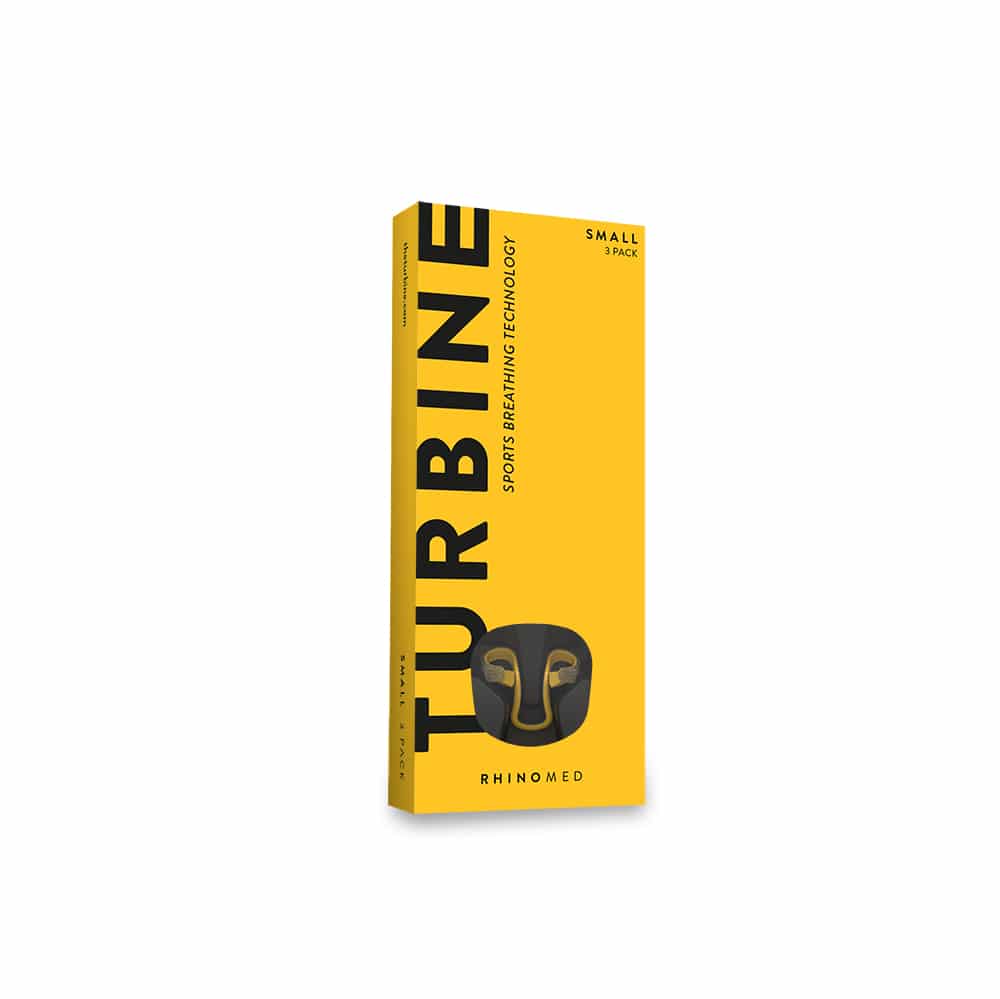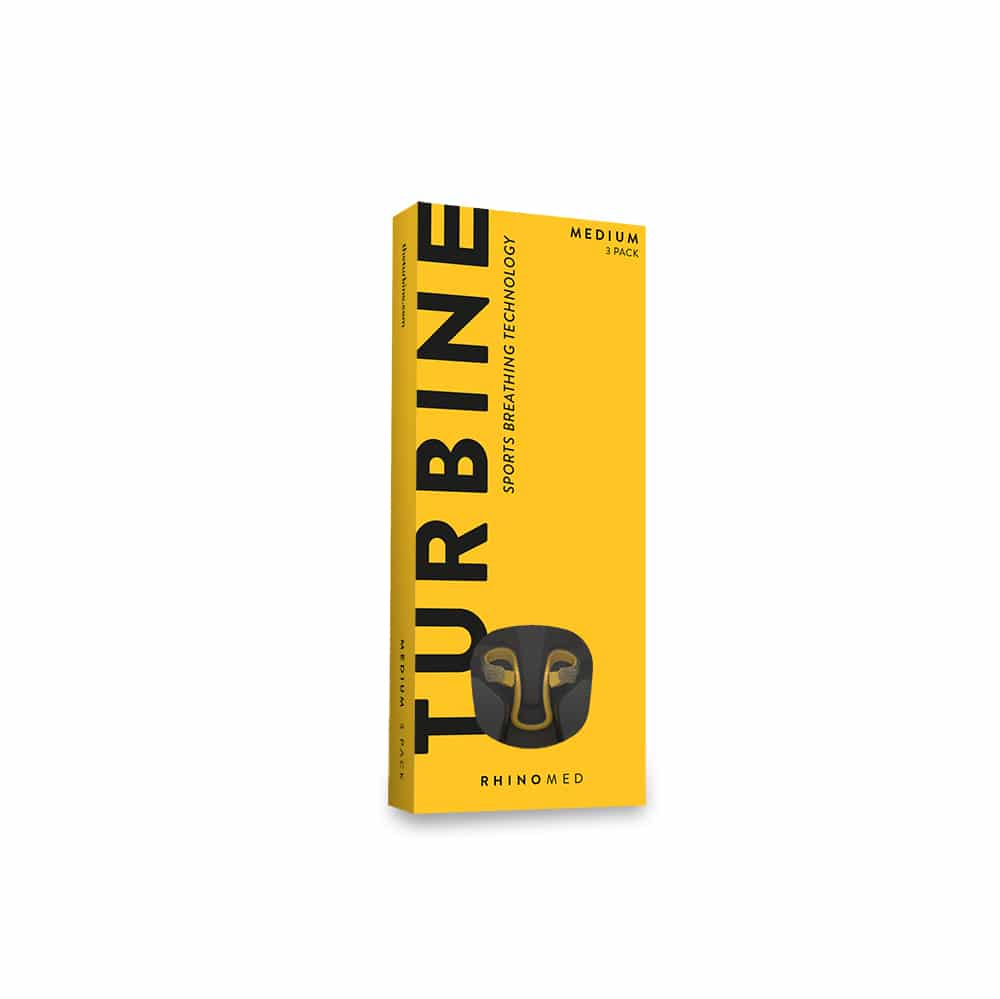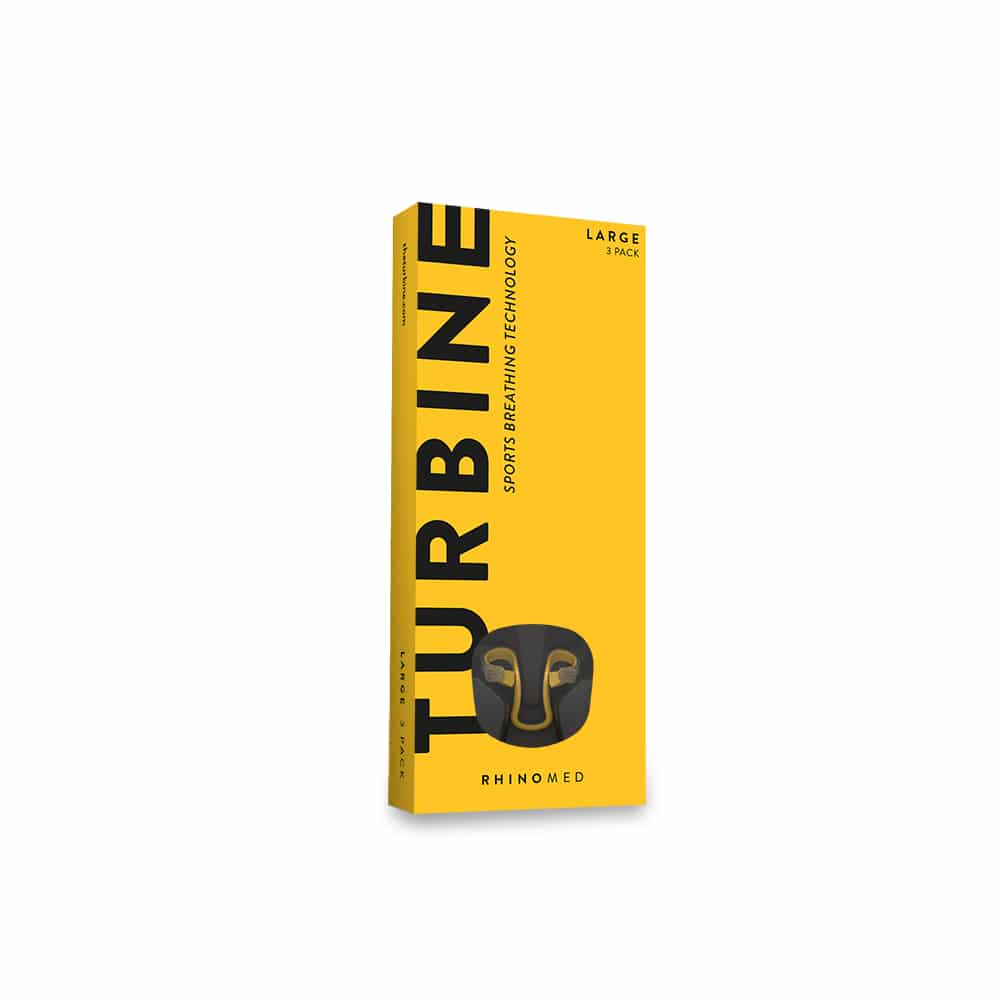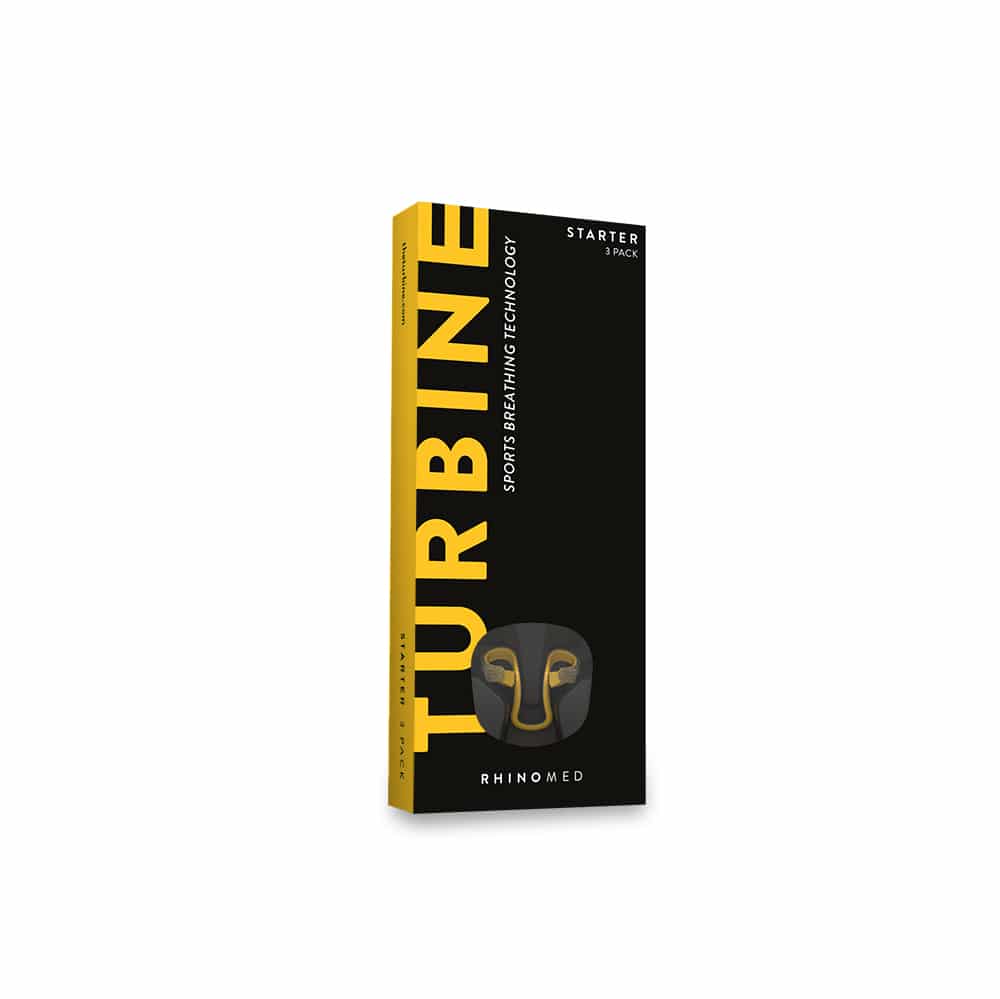By Mitchell Anderson
It might be Forster. It might Maloolabah. It might be chasing your 2 year-old down the hall-way! OK, scrap the two year old thing. But pretty much all triathletes (babes, boys and girls), have now finished for the season. It doesn’t really matter what distance your finale race was, there’s gains to be made by taking a step by step approach to recovery. Recovery encompasses both mental and physical capacities- of which both deserve strict attention at this time of year. This article focuses on the physical aspects of recovery, whilst the next (pp???) details the importance of mental recovery and goal setting.
Physical Recovery
1) Let yourself down with plenty of down time.
You don’t need to get back into training the day after the big race. The effects of a season of triathlon are cumulative on your body. Your muscle, skin, tendon and cartilage all bears the brunt of training and competing for a three to six month period. So let it recover. The amount of time you take is up to you, and your body. I recommend four weeks of minimal training to the guys I train for Ironman- particularly if the race has been a hot one. The superimposition of an environmental stress upon an ultra-endurance stress should not be underestimated. I think it adds another week or two to recovery time. Chris Legh and Cameron Brown both take a month totally off training post Ironman Hawaii. That goes for Olympic distance athletes too- it was damned hot in Cancun.
When I say ‘minimal training’ it doesn’t necessarily mean ‘nothing’. It does mean sleeping in, instead of getting up for an early session before work. If you are anything like me, and you love to train, then go for a coffee shop ride. Roll the arms over open water or in the pool for a kilometre. Walk to the local café. Play golf with some old school friends. Take your partner/family away for the weekend. Hit the town with the lads/ladies. Home improvement…clear off the desk! Take the dog (or someone else’s) for a stroll. Pick another sport to trial- rollerblading (not great in winter), rockclimbing, hack-sack, pogo-sticking…just take a break from triathlon. Short-term (30-60min), low intensity, aerobic exercise is also suggested to be immuno-protective. Might save that post-event, let-down cold that many people experience.
Many people also fear the rest. Fear that taking a break will detract from future performances. Winter is as long a season as summer is, and you know how up and down form can be over that period. There are 13 weeks to build over winter plus an extra 13 in spring…so you don’t need to rush through autumn with no rest to start winter training stale like old cake. In fact, the rest will allow you to build from a slightly higher platform than the year before…making your cake less…er…less stale!!??
In fact, take time to bake a few cakes! It’s not vital to stay at race weight for the colder months. Let your weight balloon a couple of kilo’s and enjoy your food. Visit the markets or do the shopping for your partner or family. Take time to eat plenty of fruits and vegetables. The anti-oxidants, vitamins and minerals will bathe those broken pieces of tissue and help restore them to their original state. Take the opportunity to replenish protein and iron stores by ingesting some red meat. Muscle and many other tissues rely on the essential amino acids (those which cannot be manufactured by the body) supplied by animal proteins.
2) Iron out the wrinkles in your body.
Those niggles you carry through a season need to be attended to now. The twingy hammy or calf, the dull lower back pain, that shoulder which clicks and just doesn’t feel quite right. Take yourself off to see a Physio or a Chiro or an Osteo, whoever tickles your fancy. But get someone who knows what they are talking about to have a good look at your body, particularly if it’s not quite right. Or if it all feels good, then take the time to get your body assessed for strength and flexibility. There’s always a defect that could use some attention, to prevent a future injury.
Even if it all feels good, take time to stretch. Return those shortened muscle-tendon units to their original length. You don’t want to hear the sound of your hamstring go ‘ping’ as you ascend a set of stairs at work. Improving your shoulder flexibility might improve your swimming times by 5-10 seconds per hundred- or simply allow you to maintain a better body position for less effort. Go and find a good massage therapist to wack you back into shape, or out of shape. Get the word on a good Yoga instructor and give that a try. Pillates is getting a pretty good wrap recently too. Wake up to Aerobics Oz-style…ok, maybe not!
The ‘off-season’ can also be a good time to build a ‘pre-season’ into your training. Extend the lay-off for an extra 3-4 weeks to allow some alternate, but vital, activities. This can include focussing on strength- abdominals, shoulder girdle, pelvic stability can all benefit from a burst in the weight room. Allow a coach (strength and conditioning or triathlon) to explain how and why to do strength-building exercises. The last thing you want to do is ruin your back! Repetitions should be above ten and less than twenty- meaning the focus is on strength-endurance. The idea is to minimise increases in muscle mass, but to improve conditioning over all the main muscle groups in the legs, arms, abdomen and chest.
In essence, don’t leave a stone unturned when it comes to physical recovery. Make it an active process, rather than passive, by attacking rest with gusto! Include food, wine, recreation, holidays, stretching and strengthening as cornerstones to your off-season. Improved recovery will see you achieve that fitter, faster, higher, stronger for season 03/04.



